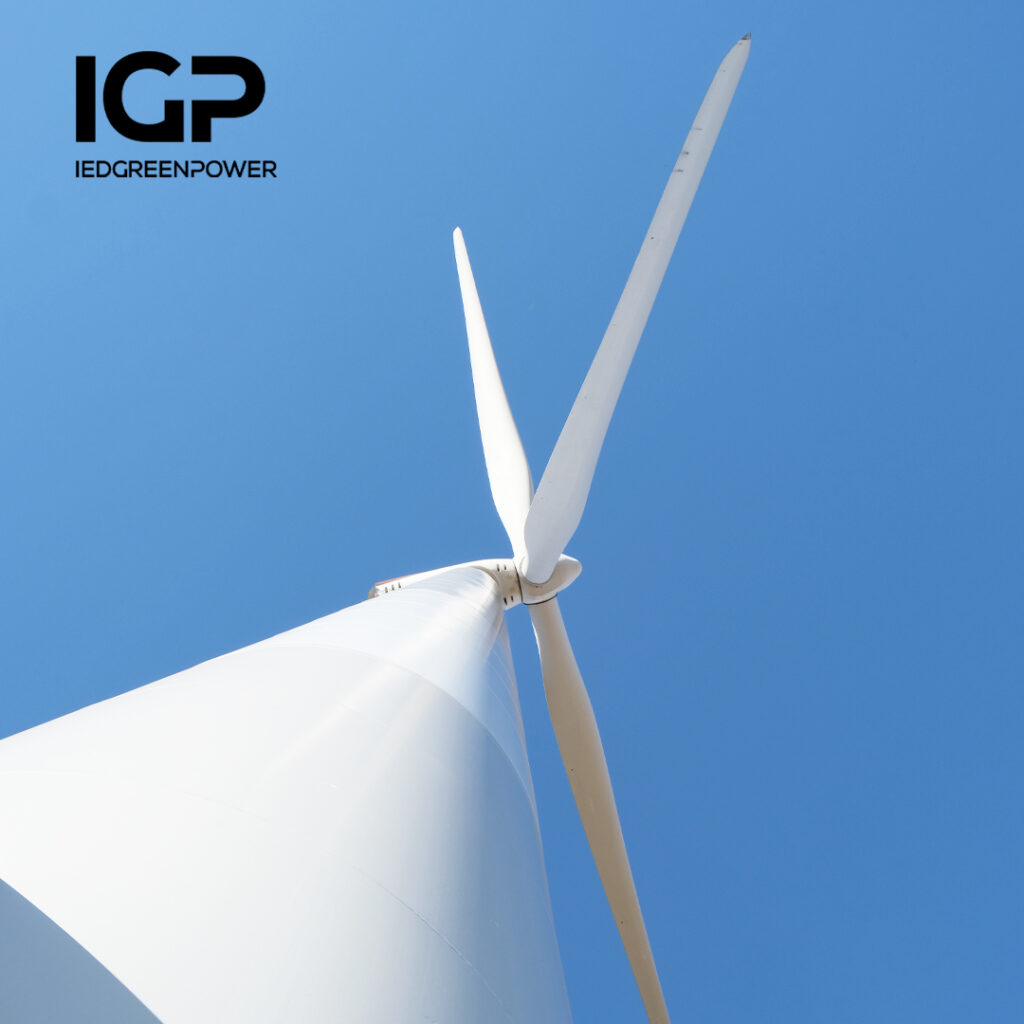Incredible as it may seem, there are many wind turbines that have been in operation for more than 8-10 years and still lack emergency lighting. In other words, in the event of an emergency, workers carrying out maintenance work on these wind turbines would have to evacuate machines from a height of 50 to 80 meters in total darkness or with the sole support of the headlights on their helmets. In short, an enormous risk that has an easy solution. This solution, in addition to safety, brings with it other benefits in the form of elimination of maintenance costs, no waste generation, or no need for spare parts.
It is not difficult to understand why this is the case. The level reached by energy storage technologies 10-15 years ago (when these machines were designed) was far from what it is today. Technological developments in the world of batteries, as well as the appearance of LEDs and their widespread use in the last decade, made it possible to address requirements specific to wind energy applications that were previously unimplementable. The rest was a matter of enabling these improvements through industrial electronics technology. The result, a substantial improvement in the safety and efficiency of wind turbine lighting systems. Or in other words: lives saved, injuries avoided, waste (fluorescents, batteries, etc.) minimized and maintenance and spare parts cost reduced.
Wind turbines with inadequate lighting systems require huge inspection, maintenance, and spare parts costs compared to the cost of the system itself. Non-compliance with current reference standards (EN-50308 and EN-50172 of 2004 and 2005) is often accompanied by (sometimes very significant) shortcomings in terms of operational lighting, leading to environments that are not only unsafe to evacuate but also unhealthy as a workplace.
The wind energy sector is a sector committed to safety, which is why many owners have recognized this problem and have undertaken projects to improve their assets to make them safe during maintenance, bring them into compliance with regulations, and reduce maintenance costs.
The retrofit of lighting systems for operating machines must be adapted to very particular and demanding installation conditions, which are very different from those of OE production centers. A good retrofit solution requires the simplification of installation procedures, which leads to greater task safety and significant cost savings.
In short, having safe, robust, and compliant wind turbine lighting is simple, and companies that have implemented appropriate lighting systems quickly see not only safety improvements but also significant cost improvements.
More information at www.iedgreenpower.com
Author: Carlos Martin Gutiérrez, CEO IEDGREENPOWER


